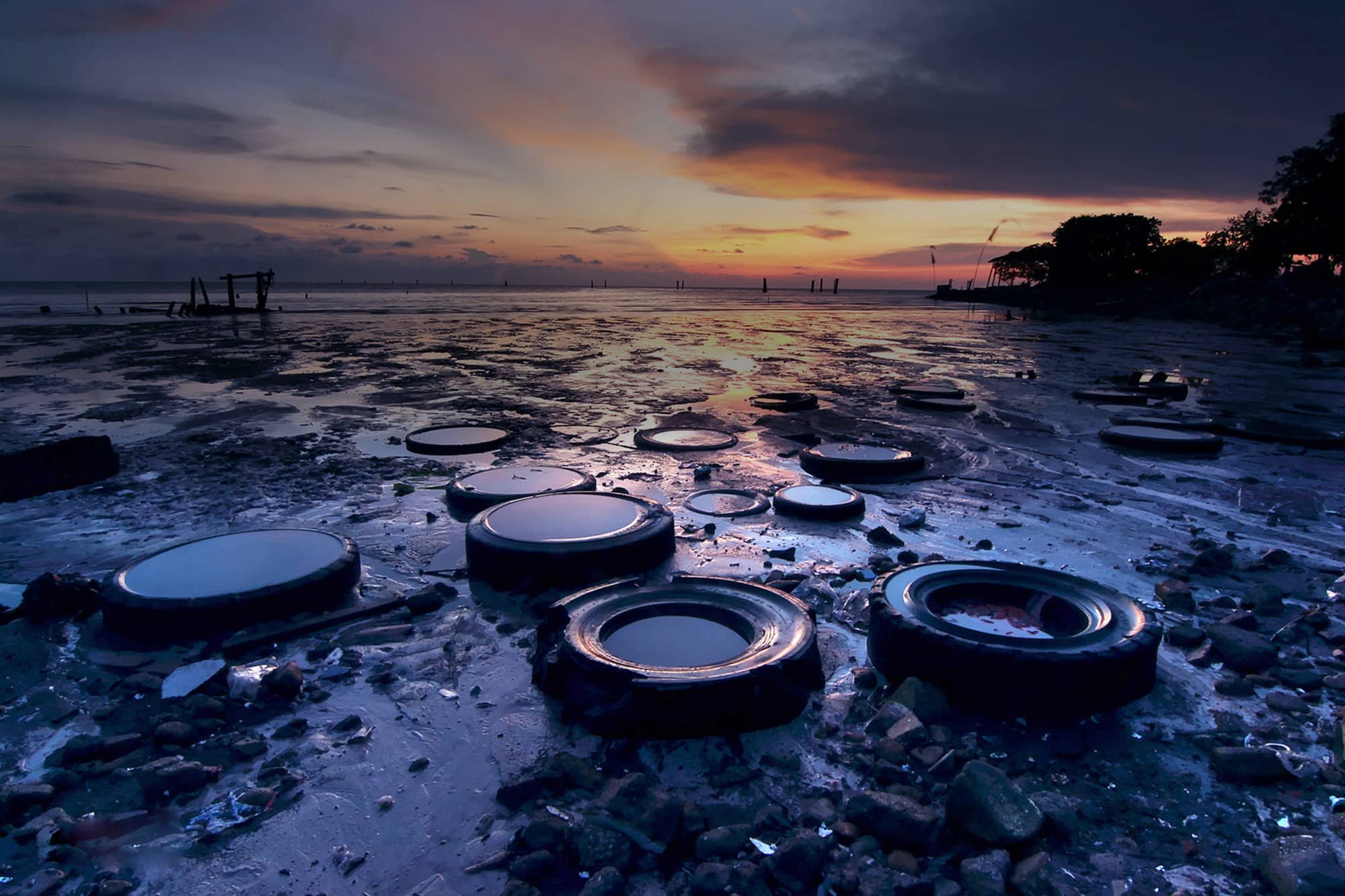
Effluents and waste as a by-product for a circular economy

Stahl reduces, improves and monitors waste at our manufacturing sites on an ongoing basis, and we are continuously upgrading our production sites and laboratory facilities to reduce waste and so create a better environmental footprint.
Chemical waste can contribute to a circular economy
We consider the disposal of waste as a last resort. We much prefer to see it and treat it as a by-product that could contribute to other processes. Our manufacturing sites, for example, already have (or they are planned) water treatment plants that reduce the amount of wastewater (classified as hazardous waste) sent to third parties for further treatment.
Wherever we operate in the world, we track and report on the different types of waste we generate. This includes production waste, waste from laboratories, packaging waste, cleaning water, glass, paper and plastic. This gives us a real insight into the possibilities, and, where possible, we continuously aim to reduce, reuse, recycle, restore and prolong as part of our ambition to work towards a circular economy.
At multiple locations around the world, we have begun initiatives to eliminate single-use plastics, and we will continue doing this until all possibilities have been explored and enacted.
| 2018 | 2017 | 2016 | 2015 | |
|---|---|---|---|---|
| Hazardous Waste (tonnes) | 10,962 | 10,538 | 9,748 | 6,570 |
| Non-Hazardous Waste (tonnes) | 1,807 | 1,584 | 1,476 | 1,276 |
| Total Waste (tonnes) | 12,769 | 12,122 | 11,224 | 7,846 |
| Total production volume | 228,440 | 238,590 | 207,923 | 195,646 |
| Waste intensity** | 0.056 | 0.051 | 0.054 | 0.040 |
| Waste Water send to external treatment (tonnes)* | 15,620 | 18,124 | 15,038 | 15,815 |
| These KPI's have been audited and verified by Ernst & Young. | ||||
* This indicator only represents the Stahl sites in Waalwijk and Toluca. Waalwijk = cleaning water of tanks. Toluca = waste water that is collected.
from the production plant (cleaning of tanks, reactors and equipment in general) and also services (bathrooms and showers). The other 9 sites
have an on-site waste water treatment installation.
** Waste intensity is Total waste (tonnes) / Total production volume
Effluents and Waste by GRI
The GRI standard Effluents and waste addresses water discharges, the generation, treatment and disposal of waste, and spills of chemicals, oils, fuels and other substances.